
What is Pollination Class 10
Define Pollination- The transfer of pollen grains from the anther of the stamen to the stigma of a flower is termed as Pollination.The pollen grains can be transferred by various …
What is Pollination Class 10 Read MoreCBSE Class Notes Online – Classnotes123
CBSE Class Notes, Worksheets, Question Answers, Diagrams , Definitions , Diffrence between , Maths Concepts, Science Facts Online – Classnotes123

Define Pollination- The transfer of pollen grains from the anther of the stamen to the stigma of a flower is termed as Pollination.The pollen grains can be transferred by various …
What is Pollination Class 10 Read More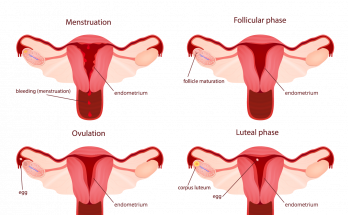
MENSTRUAL CYCLE The reproductive period of the human female continues from about the age of 13 years to 45-50 years. In females, ovaries release ovum or egg once every 28 …
Describe the Menstrual Cycle – Class 10 Read More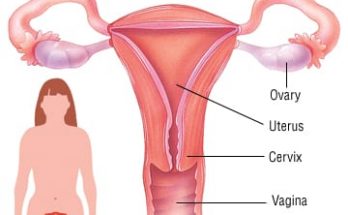
The Female Reproductive System consists of the following Reproductive Organs. 1. A Pair of Ovaries 2. A Pair of Oviducts (or Fallopian Tubes) to convey the egg released from the …
Female Reproductive System – Class 10 Read More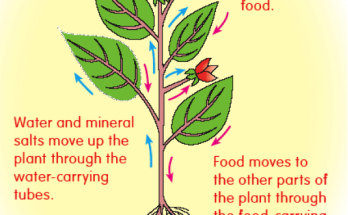
Plants have a specialised transport system made up of Xylem and Phloem that helps move water, minerals, and food throughout the plant body. The transport system also involves the processes of transpiration and translocation. It helps to regulate water and nutrient movement. Understanding the components of the transport system is crucial for understanding how plants grow and survive in their environments.
Transportation in Plants Class 10 Read More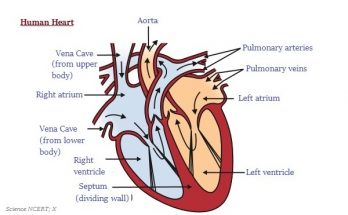
Transportation in Human Beings explained for Class 10th with definitions types, structures, characteristics, composition, functions, mechanism, processes and diagrams
Transportation in Human Beings Class 10 Read More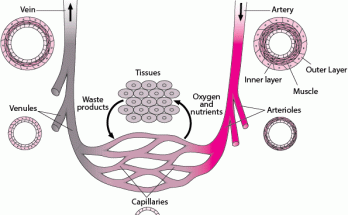
Blood vessels are the intricate network of tubes that transport blood throughout the body. This article provides an overview of the different types of blood vessels – arteries, veins and capillaries, list of blood vessels entering and leaving the heart, liver, and kidney, functions, layers and blood pressure regulation of blood vessels. Additionally, common diseases and disorders of blood vessels such as atherosclerosis, hypertension and varicose veins are described with their causes, symptoms, and treatments.
Blood Vessels -Definition , Types, Functions, Layers, Blood Pressure , Diseases and Disorders Read More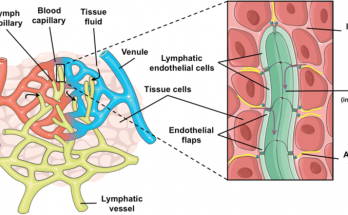
What is the Lymph ?, How is Lymph Formed ?, Composition of Lymph, Important Functions of Lymph explained with Diagram for class 10 th
What is Lymph Class 10th Read More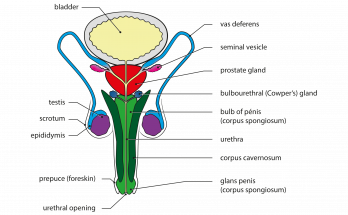
Components of Human Male Reproductive System 1.Testes Seminiferous tubules produce sperms . Interstitial cells produce testosterone 2. Ducts Epididymis Vas Deferens Ejaculatory Duct 3. Accessory Glands Seminal Vesicle Prostate Gland …
Male Reproductive System Class 10 Read More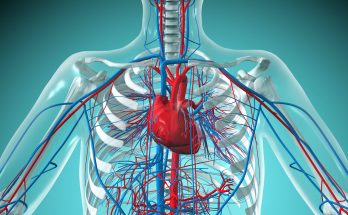
The Human Heart is a vital organ that pumps blood throughout the body. Its location is in the chest, between the lungs and it is divided into four chambers. The heart’s structure includes valves that ensure blood flows in one direction. The working mechanism of the heart is controlled by electrical signals that travel through specialised cells. A diagram of the heart can help understand its function and anatomy.
Human Heart Class 10 Read More
What is Tissue culture? Tissue culture can be defined as the process of growing living cells artificially in the laboratory . In this process plants are grown by asexual propogation …
Tissue Culture Class 10 Read More